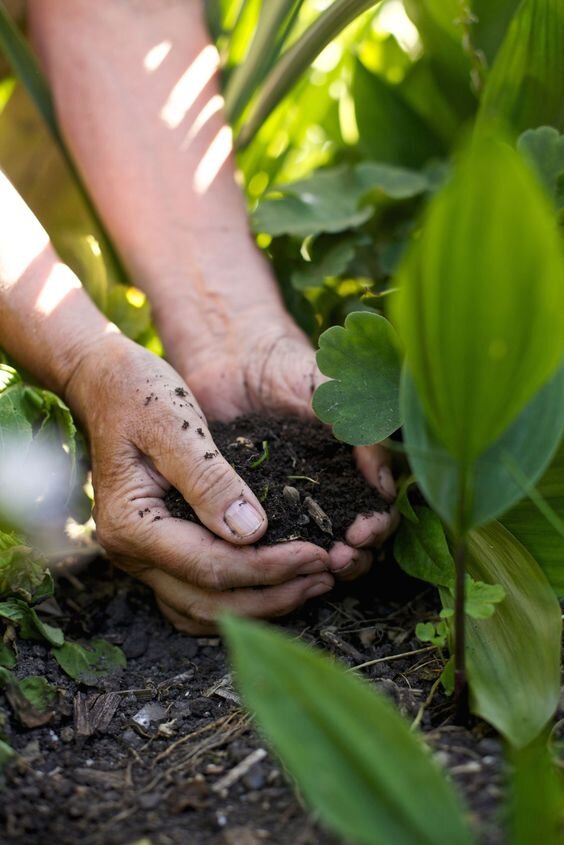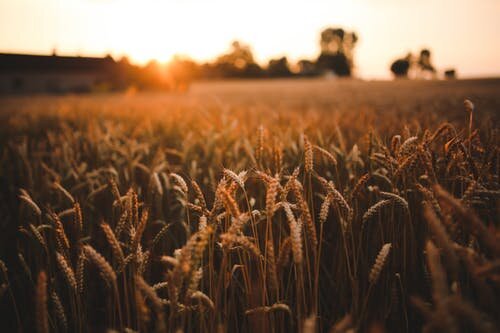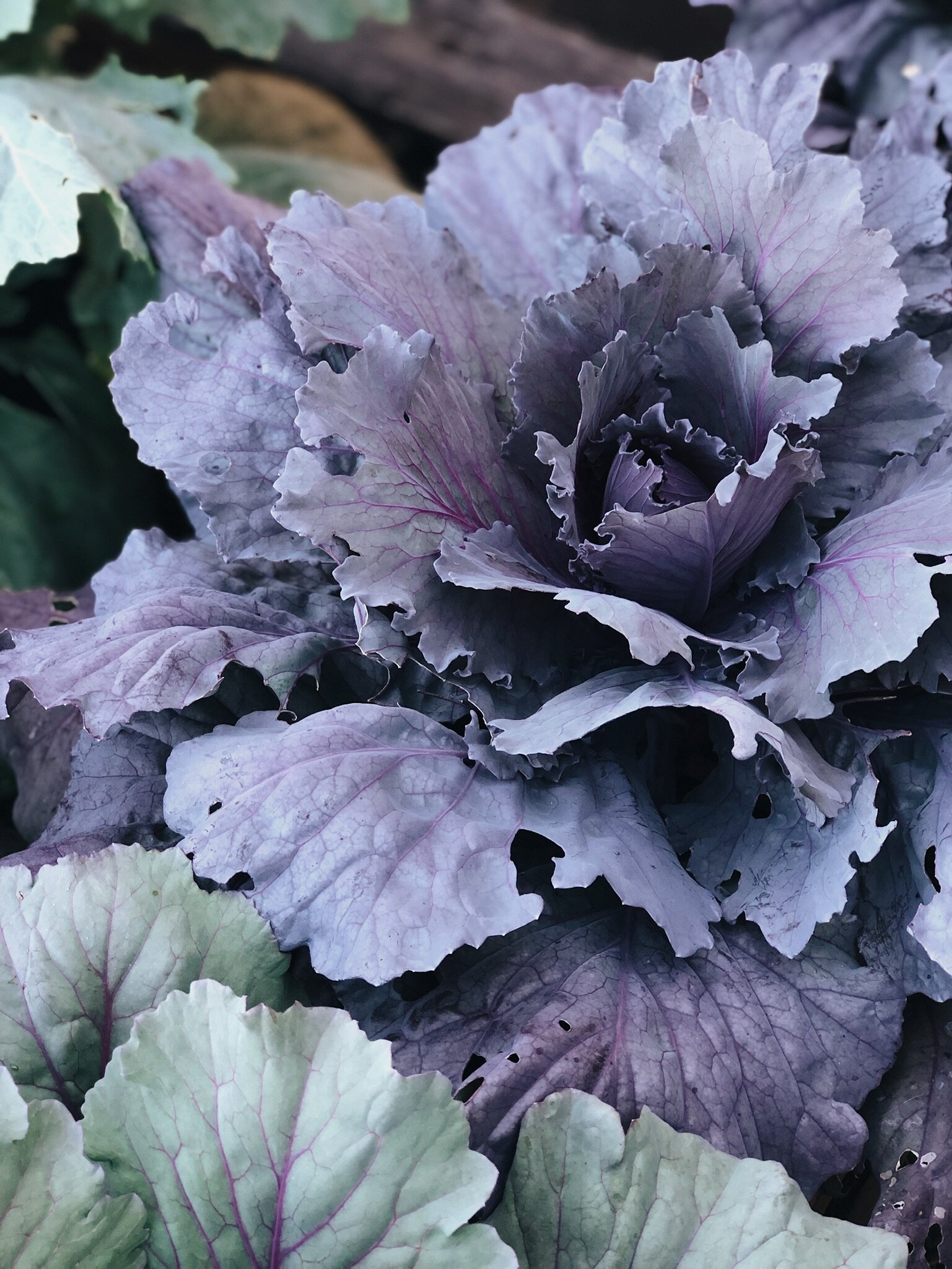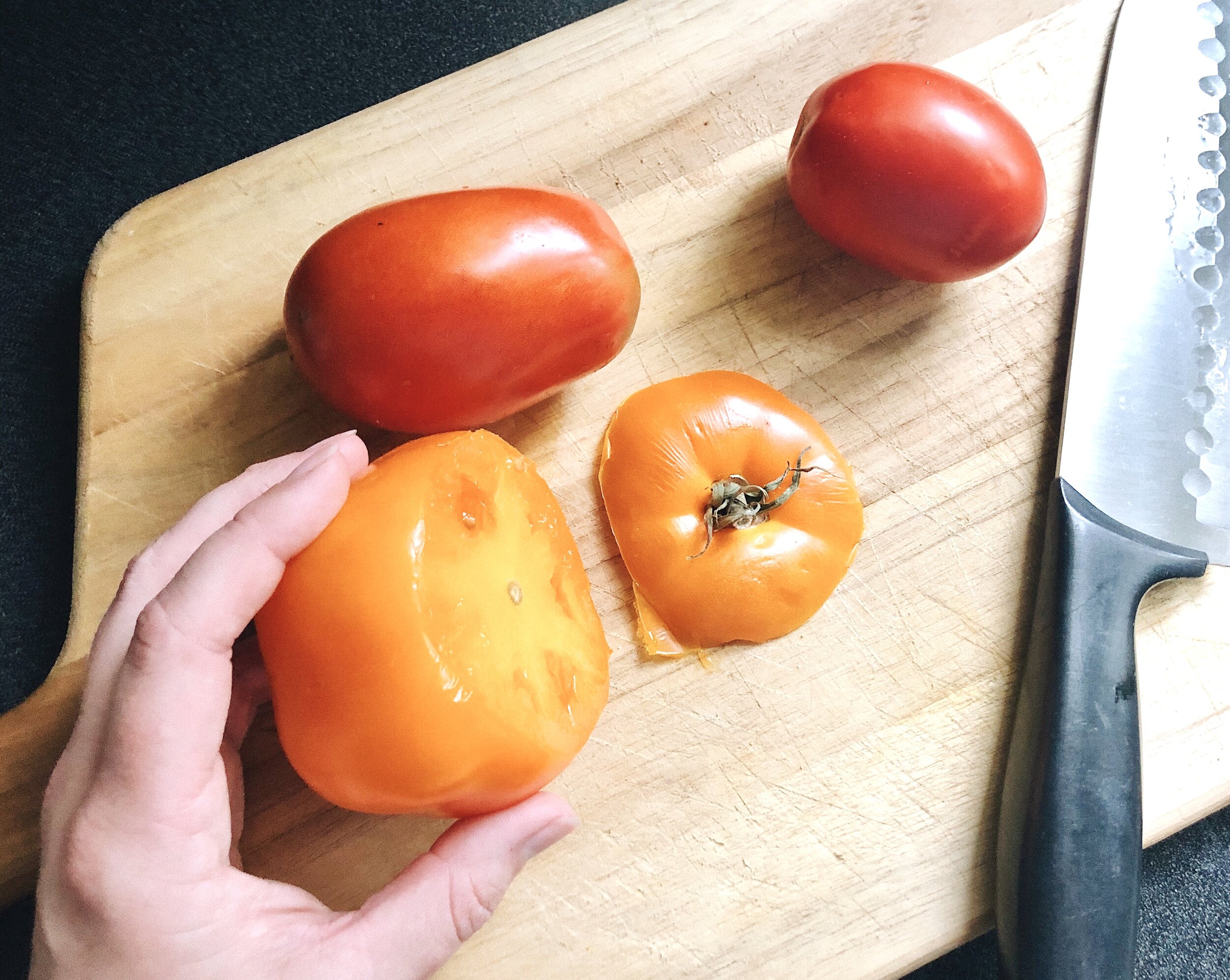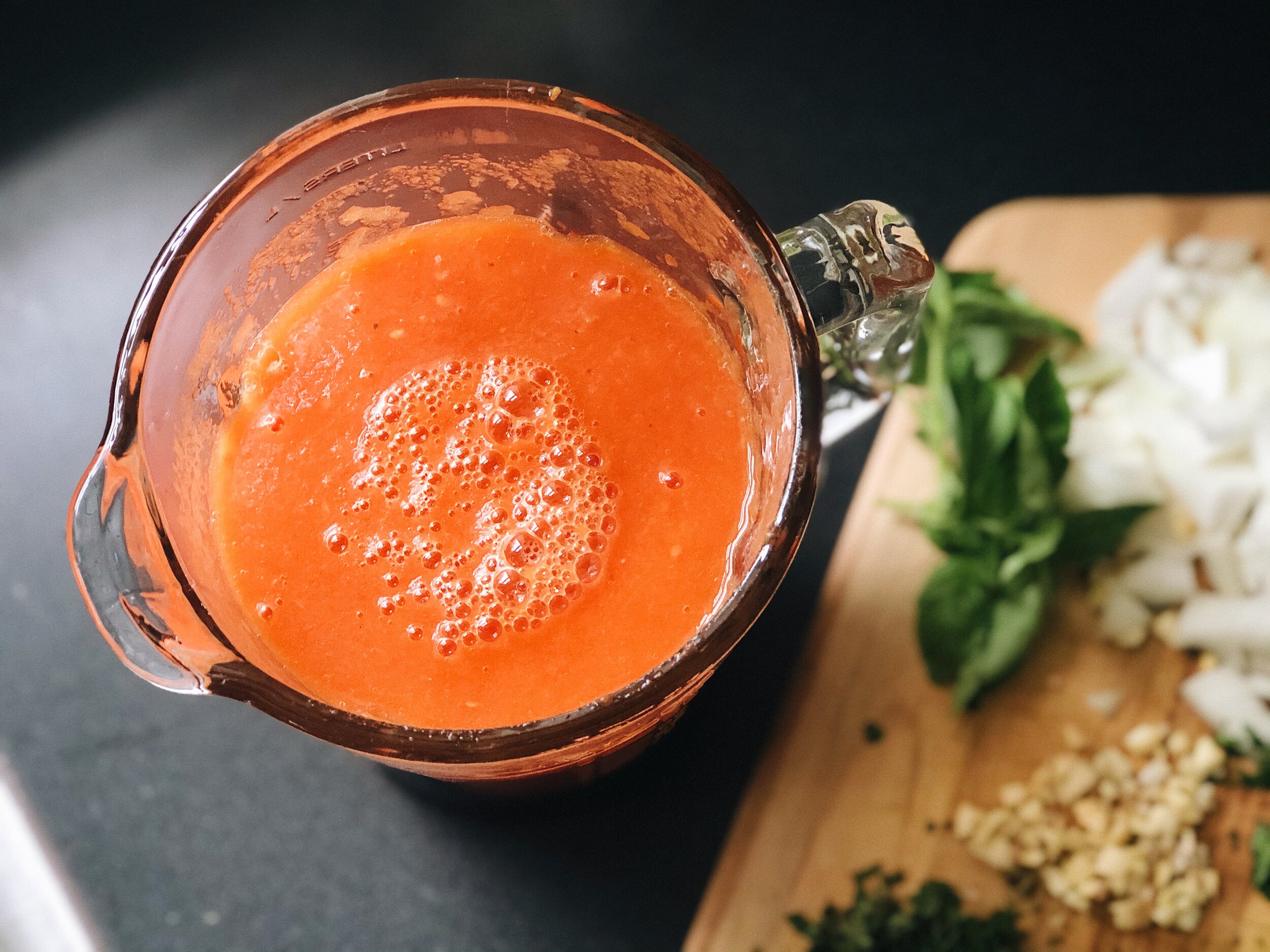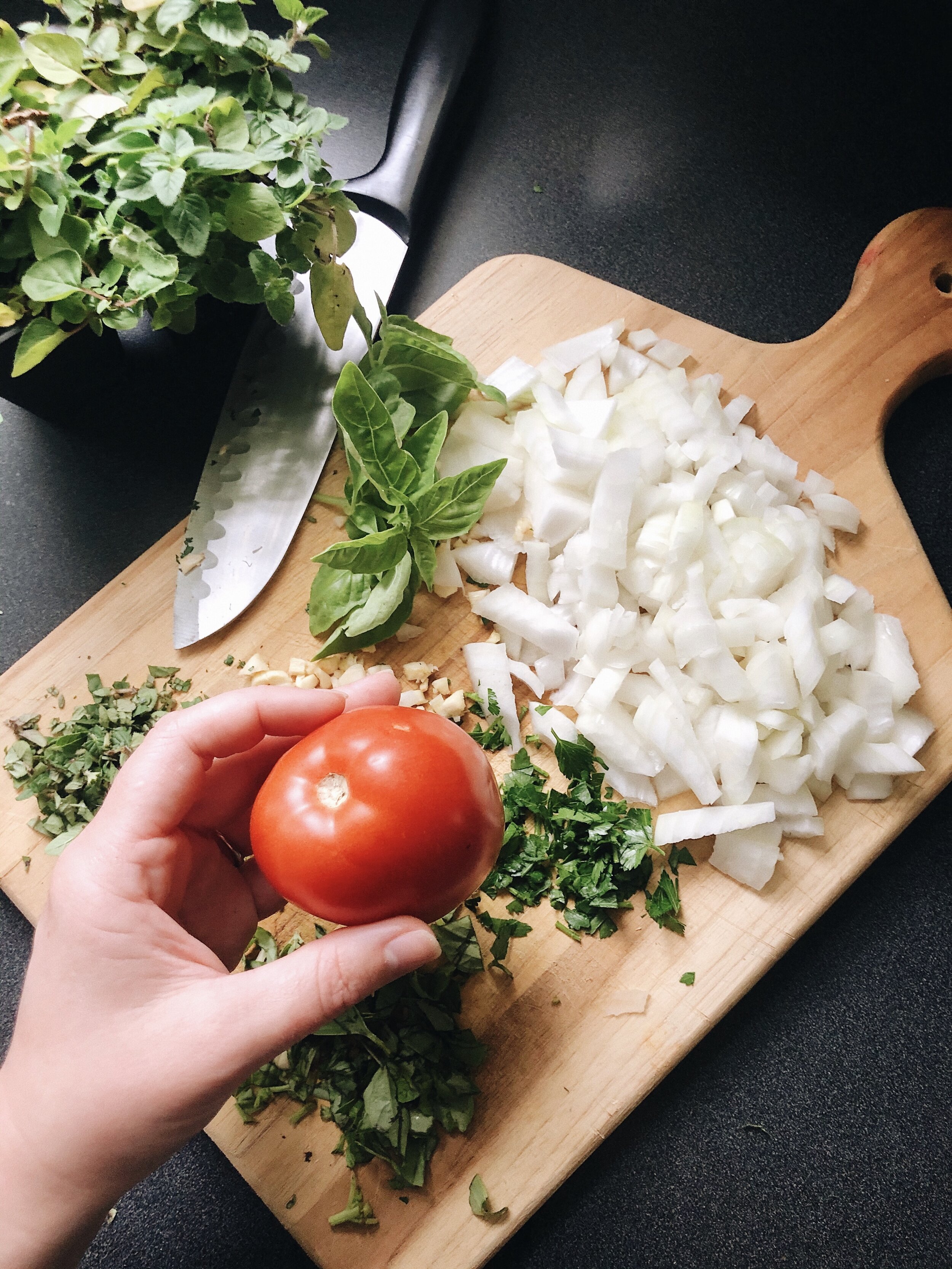
B L O G
How and When To Prune Your Shrubs
Pruning is an essential part of a plant’s life. Not only does it make your shrub look refreshed, but it also encourages healthy growth and sustainability for your plant to last year after year. And if you follow these steps on how and when to prune your shrubs, you’ll having your gorgeous shrubs lasting quite a long time.
Pruning is an essential part of a plant’s life. Not only does it make your shrub look refreshed, but it also encourages healthy growth and sustainability for your plant to last year after year. And if you follow these steps on how and when to prune your shrubs, you’ll having your gorgeous shrubs lasting quite a long time.
Why You Should Prune Your Shrubs
So why do it? Well, as plants grow, mature, and produce seeds/fruit/flowers, a little bit of maintenance and love is required from us. Pruning is the act of removing branches, leaves, and buds from a plant in order to make it more attractive, or to maintain its health.
Why take the extra time? Because your plant relies HEAVILY on it. Pruning removes any dead, dying, or diseased portion of the plant and helps to prevent spreading any disease throughout. Pruning also allows more light and air to pass throughout the plant, giving it more nutrients and allowing room for new growth.
Another common reason to prune would be what’s called “training” or “shaping”, which is when you want to shape a tree, hedge, or shrub. Training is accomplished by cutting branches to restrict growth. It also reduces the amount of branches, so an increase in energy and nutrients can go to all the other stems to produce more flowers/fruit.
When to Prune
It's important to remember to research your plant's specific needs, because no plant is the same as the other. However, here is a basic guideline that can assist you when there are no resources at hand:
Flowering Shrubs- prune immediately after blooming has ended
Non-Blooming Shrubs- prune late Winter or early Spring
Seasonal Pruning Guideline
Late winter is usually a time to prune fruit trees, non-flowering shrubs, trees, hedges, and berried shrubs/trees.
Spring is a time to prune any summer flower shrubs that have not bloomed yet.
Late spring pruning involves cutting back spring flowering shrubs that have already bloomed.
Summer is a great time to prune summer flowers after they have finished blooming.
Fall is a great time to prune roses, and also to remove any annuals that are finished with their season.
How to Prune
The two ways to prune your plant are by Heading + Thinning.
1. Heading
Heading is cutting off part of a branch in order to make the rest of the remaining branch stronger. It is used when new growth is wanted. If you are wanting new growth, you will want to cut the branch/stem just above the bud at an angle, remembering not to cut too close to the bud, but also not too far away. It may sound complicated, but we would be glad to show you how this achieved if you stop by one of our locations here in North Carolina.
2. Thinning
Thinning is cutting off a branch at its origin to prevent any new growth. This could include cutting to the main trunk or even to the ground. Often times a “thinning” technique is used when you are wanting to increase air flow and light to the plant. This helps to prevent diseases and boosts the bud and fruit production.
Pruning is an art that can seem complicated and difficult at first. But, once the basics are learned, it can become a freeing and therapeutic experience. And maybe we, as humans, can take a few principles from pruning, and apply them to our lives to make us stronger and healthier versions of ourselves. Because sometimes removing something, can actually be freeing at the end of it all.
Happy Pruning,
Your GVM Team
Preparing Your Garden For Fall
It’s almost time… And you all know what we’re talking about… FALL. Cool, crisp temperatures, changing leaves, pumpkins, pansies, mums, and all things Autumn. And we have a few tips and tricks for you as you prepare your garden for this glorious Autumn season.
It’s almost time… And you all know what we’re talking about… FALL. Cool, crisp temperatures, changing leaves, pumpkins, pansies, mums, and all things Autumn. And we have a few tips and tricks for you as you prepare your garden for this glorious Autumn season.
1. Clean out any summer vegetables and flowers that will not survive the season. Pull up the nonproductive vegetable plants and flowers that are no longer producing those gorgeous summer blooms and vegetables. This process can be bittersweet, but sometimes it’s necessary to make space and “clean” it for any future plants that are needing fresh new soil.
2. Compost what is not diseased and use for winter or next spring’s garden. You don’t have to throw those beautiful plants away and never see them again. In fact, you're able to put those in a bin and compost them for future use. Compost is GREAT for the soil and if you cover it with mulch, it adds much needed nutrients to your soil.
3. Even if you are not planting any vegetables or flowers for the fall, it’s very important to prepare your soil for the following year. Add an extra layer of compost and mix it in with the soil with a rake. It’s a great way to loosen your soil and prepare it for your future garden. This process also help to provide your soil with vital nutrients needed for your next crop. Because healthy soil means healthy plants.
Image via Gardening Know How
4. Plant a cover crop. Fall cover crops are another great way to put nutrients back into your soil while waiting for the spring and summer months to arrive again. Here is a great article specific to zone 7 on types of cover crops that you could plant in your garden.
Image via Pexels
But what should you plant in the Fall?
You can plant basically any cruciferous vegetable: cauliflower, broccoli, cabbage, beets, kale, turnips, and so much more! Here are the two ways you can do this:
Image via Fine Gardening
From seed.
If you’re starting from seed, it’s usually a bit more time consuming, but is cheaper. And it requires a bit of counting backwards from your frost date, which is usually provided on the back of the seed packet.
From transplant.
This option is usually much easier. You also don’t need to start quite as early, which is great if you haven’t already started on your Fall garden! Plus, let’s be honest, gardening in the fall is much nicer due to the cooler weather and nice breeze.
Thank you so much for joining us here. For more information on what Garden Valley Farmers Market is about, you can visit us here. If you’re wanting to visit with us, come by any of our five North Carolina locations. If you’re wanting to follow along with us, you can do so either on our Facebook, Youtube, or our Instagram. If you’re wanting to earn rewards and be easily connected with us, download our new App. And if you’re wanting to check out our other recipes and blog posts, or are needing more inspiration, follow us on our Pinterest. We’d love to have you join us in our journey of planting better, eating better, and living better.
Much love,
Your Garden Valley Farmers Market Team
Keeping Your Hanging Basket Beautiful
You finally have your GORGEOUS hanging basket that you hang picked from Garden Valley Farmers Market. You’re watering it and admiring its unique beauty and color that it brings to your home. With a little work, love, and the following tips, let’s keep your hanging baskets looking absolutely gorgeous and full of blooms all summer long.
You finally have your GORGEOUS hanging basket that you hand picked from Garden Valley Farmers Market. You’re watering it and admiring its unique beauty and color that it brings to your home. With a little work, love, and the following tips, let’s keep your hanging baskets looking absolutely gorgeous and full of blooms all summer long.
Location
When choosing your hanging baskets, remember to keep location in the forefront of your mind. Needing a shade plant? We recommend Ferns, Wandering Jew, and Fuchsia!
Needing a basket that’s in a sunny location? Petunia, Million Bells, and Lantana are GREAT choices for you, and come in a beautiful variety of colors.
Fertilize… slowly
Slow and steady wins the race when it comes to fertilizing your hanging basket. Why? First, if fertilizing too much, the flower/plant can become stressed by growing too fast and cause it to go into shock. Slow growth is much better than the opposite in the long run. Second, its important to fertilize because the soil is not exposed to the same soil as a garden bed would be. It’s not getting the same organic compounds and nutrients from the earth when its hanging in the air, so regular fertilizing of your basket is recommended.
Watering
How and when you water your basket is secretly an important tip. Most baskets tend to dry out faster than a bedding plant or pot would because they are exposed to more wind, so watering once (sometimes twice) daily is recommended with most hanging baskets. However, be sure to ask your sales associate for your specific plant’s watering needs if there is no tag).
When is the best time to water, you ask? We recommend early morning. Early morning watering gives the plant enough time to absorb the moisture that is needed so that it can survive the heat of the day, but any time, as long as you’re watering, is a good time.
Regular Pruning and Deadheading
Once a week, cut back and remove any damaged leaves or flower buds from your basket. You will notice a huge difference in the longevity of life from your basket if this is done and kept up with. Doing this not only increases growth in your basket, but it also increases the bloom development. And we all want that, right?!
F Y I
MOST hanging basket from Garden Valley Farmers Market do not need to be repotted, as long as they are kept trimmed back and pruned. But on the off chance that the basket might need some saving… check out the next section on what to do.
Your Plant May Have Outgrown It’s Container
If your plant starts to look overgrown, it might be time for you to repot your basket. Hanging baskets can become root bound because the roots will have no room left to grow. If you haven’t kept up with the regular pruning of your basket, you can repot your plant into a hanging basket that is a size bigger. Wire baskets filled with a coconut liner are a great option because they increase air flow through the root of the plant.
We would love to see photos of how beautiful your hanging baskets are this summer, so tag @gardenvalleyfarmersmarket in your posts, and don’t forget to use the hashtag #gardenvalleyfarmersmarket and show us your beautiful baskets!
Lastly, if you find this information helpful, we’d love it if you would support us
by sharing with your friends.
Thank you so much for joining us here. For more information on what Garden Valley Farmers Market is about, you can visit us here. If you’re wanting to visit with us, come by any of our five North Carolina locations. If you’re wanting to follow along with us, you can do so either on our Facebook, Youtube, or our Instagram. If you’re wanting to earn rewards and be easily connected with us, download our new App. And if you’re wanting to check out our other recipes and blog posts, or are needing more inspiration, follow us on our Pinterest. We’d love to have you join us in our journey of planting better, eating better, and living better.
Much love,
Your Garden Valley Farmers Market Team
Susan's Sicilian Pasta Sauce
Take a trip to your local farmers market, AKA Garden Valley Farmers Market, grab some farm fresh Roma tomatoes (or yellow tomatoes if you need a less acidic sauce), some fresh oregano, basil, and thyme plants, and let’s get to making Susan’s famous Sicilian Pasta Sauce.
Take a trip to your local farmers market, grab some farm fresh Roma tomatoes (or yellow tomatoes if you need a less acidic sauce), some fresh oregano, basil, and thyme plants, and let’s get to making Susan’s famous Sicilian Pasta Sauce.
Side note- Growing your own fresh herbs is so much more flavorful than buying them from the store! Garden Valley has a great selection of fresh herbs for you to choose from, as well as fresh, homegrown tomatoes that are juicy and make the perfect base for this flavorful pasta sauce.
Also, if you head to this Garden Valley location, you’ll meet Susan, the founder of this delicious recipe that leaves her grown children coming back home for supper with empty stomachs, and leaving with full hearts (and bellies).
how to make susan’s sicilian pasta sauce
Before starting, we recommend that you turn on some of your favorite Italian music.
Cut the tops of the tomatoes off and slice the tomato in half. Add your tomatoes to the pan, and begin to cook over medium heat with salt and pepper and a 1/3 cup water. Cover and simmer for 15-20 minutes. Turn off your stove but let them sit for a bit, which will make it easier to peel the skins off.
Add your peeled tomatoes into the food processor or blender and pulse so that tomatoes are blended well but still have a thicker consistency. (If you’re wanting a smoother consistency, you can always choose the blend button instead of pulse.)
In a large pot, add 4 tablespoons of butter and whatever seasonings you’re wanting. We like to add Garlic, chopped Onion, Thyme, Oregano, Basil, Salt, and Pepper. You can also add red pepper flakes if you’re wanting a little bit of heat in your sauce. Let simmer, for 5 minutes, deglaze with a splash of red wine, and add your blended tomatoes.
If you’re wanting to add meat to your sauce, cook only three-fourth’s of the way through, and then add to sauce. This allows the meat to absorb the flavor of the tomato sauce, and will allow the meat to finish cooking without becoming dry.
A few meat suggestions:
+ Italian Sausage, Pork Ribs, or this Homemade Meatball recipe from Our Balanced Bowl
Bring ingredients to a boil, simmer throughout the day, and enjoy the fresh aroma of homemade pasta sauce filling up your home.
Susan’s Sicilian Pasta sauce
INGREDIENTS
10-12 Roma (or Yellow) Tomatoes
1/3 C Water
4 T of butter
1 Medium Vidalia Onion
3 Garlic Cloves
2 T Oregano
2 T Thyme
3 T Basil
2 T Parsley
Splash of Red Wine
DIRECTIONS
1. Cut off the tops of the tomatoes.
2. Slice the tomatoes in half. Add halved tomatoes, water, and salt/pepper (to taste) into your pot and cover with lid. Let simmer on medium heat for 15-20 minutes.
3. Once finished, let tomatoes sit for 5-10 minutes to cool off. Peel skins of tomatoes off, add to blender, and pulse until a smooth texture is achieved.
4. Add butter, onion, garlic, oregano, thyme, basil and parsley to a large pot. Simmer over medium-high flame for approximately 5 minutes. Deglaze with a splash of red wine. Add blended tomatoes and stir together.
5. Bring ingredients to a boil, then reduce heat and allow to simmer at least 4 hours.
S I D E N O T E
If you are adding meat to your pasta sauce, cook only three-fourths of the way through so that your meat is not dried out and is able to absorb the flavor of the sauce. Here is a great meatball recipe.
When you try this delicious sauce, we would love to see your photos, so tag @gardenvalleyfarmersmarket in your posts, and don’t forget to use the hashtag #gardenvalleyfarmersmarket and show us your pasta night!
Lastly, if you find this information helpful, we’d love it if you would support us
by sharing with your friends.
Happy Pasta Night!
Thank you so much for joining us here. For more information on what Garden Valley Farmers Market is about, you can visit us here. If you’re wanting to visit with us, come by any of our five North Carolina locations. If you’re wanting to follow along with us, you can do so either on our Facebook, Youtube, or our Instagram. If you’re wanting to earn rewards and be easily connected with us, download our new App. And if you’re wanting to check out our other recipes and blog posts, or are needing more inspiration, follow us on our Pinterest. We’d love to have you join us in our journey of planting better, eating better, and living better.
Much love,
Your Garden Valley Farmers Market Team










